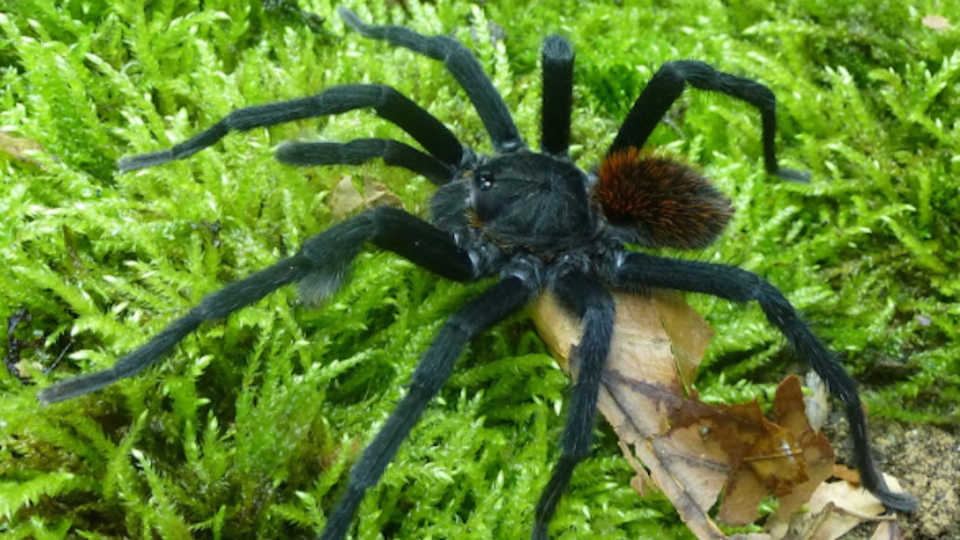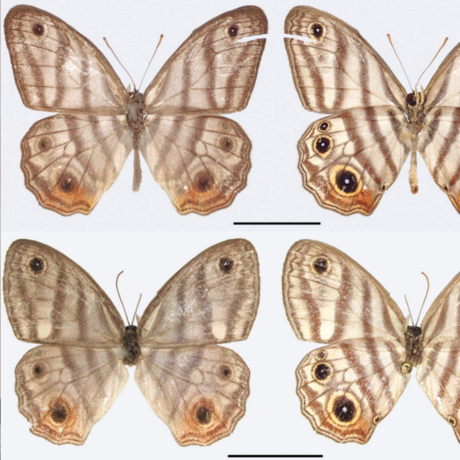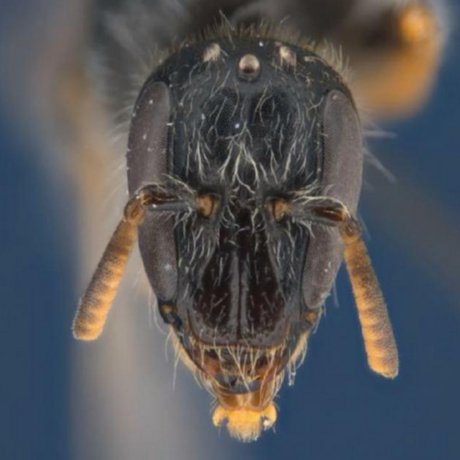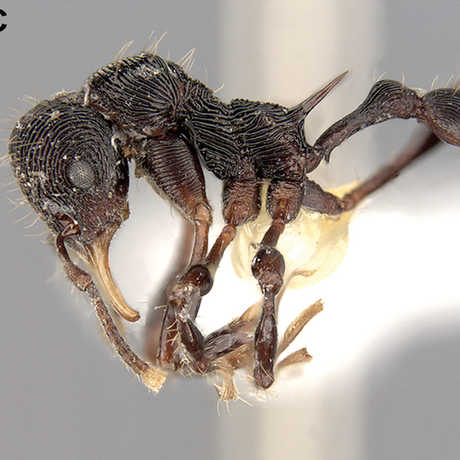Science News
New Discoveries: A Banned Beetle, Plus a Dangerous Tarantula and Centipede

A Very Colombian Tarantula
Scientists have discovered a new species of tarantula so different from its cousins that it forms a new genus. Kankuamo marquezi was found in the Sierra Nevada de Santa Marta in Colombia. The genus name, Kankuamo, is named after an indigenous people from the Caribbean coast region, whose language and culture are, unfortunately, at serious risk of extinction. Meanwhile, its species’ name pays tribute to renowned Colombian author and Nobel laureate Gabriel García Márquez.
Unlike García Márquez’s Úrsula in One Hundred Years of Solitude, the new tarantula is not secretly blind, and has many eyes to prove it. It also has quite a remarkable feature: special hairs that form a small oval patch of lance-shaped barbs, likely for defense. When threatened, other spiders in this subfamily vigorously rub their hind legs against their stomachs, creating a weapon. When aimed and shot at the enemy, this ball of stinging hairs can cause fatal injuries to small mammals when landed into one of their mucous membranes (sensitive layers that cover body cavities and are exposed to the environment, such as near the nostrils, eyes, and lips). Once thrown, the hairs leave a bald spot on the tarantula’s belly. (A small price to pay, perhaps…)
A Banned Beetle
While naming new species after famous or important people is usually a fun and honorable event, some might not see it that way. Take the recent case of Rhyzodiastes (Temoana) xii, named for China’s president, Xi Jinping. The beetle discovery from Hainan Island, China, was published last month in Zootaxa. The author, Cheng-Bin Wang, meant no harm, just the opposite, in fact. In the publication, he writes, “The specific epithet is dedicated to Dr. Xi Jin-Ping, the President of the People's Republic of China, for his leadership making our motherland stronger and stronger.” But the Chinese government saw things a little differently and banned the name—and any references to the beetle—on Chinese social media and other online outlets.
According to Global Voices, “The word ‘bug’ has a negative connotation in Chinese culture. Furthermore, the scientific description of Rhyzodiastes (Temoana) xii says it resides underneath rotten trees and eats rotten things, imagery associated with corruption in Chinese literature.” More information about the beetle and controversy can be found here. The Academy’s own Bob Drewes could teach President Xi a lesson or two about not taking these things so seriously. When a (small) phallic mushroom was named after the herpetologist several years ago, Drewes was so proud, he went on a popular NPR show.
Don’t Cross Paths with this Centipede
While two online publications called this new discovery “horrific” (see here and here), we’re not sure that description is scientifically accurate, so we’ll refrain from judging the arthropod. But they do have a point. While named after a waterfall, Scolopendra cataracta, is a bit creepy, to say the least. It’s amphibious, crawling on land and swimming powerfully in streams. It’s on the larger side (for a centipede, anyway)—National Geographic reports that it’s 20 centimeters (or 7.9 inches) long. Plus, the Daily Mail says, “These creatures are venomous and carnivorous, and though a bite likely wouldn’t be fatal, it would be extremely painful.” So next time you’re in Thailand, Laos, or other parts of southeast Asia, be on the look out. The new arthropod is published in ZooKeys.
Image: Kankuamo marquezi, Dirk Weinmann


